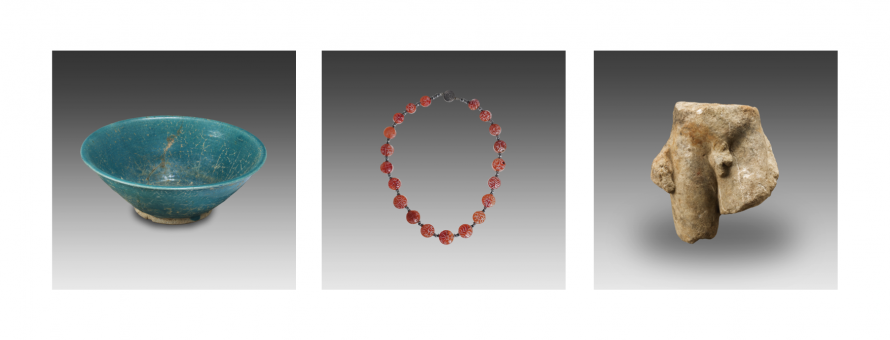
As a reflection before the first major art fair of the year, which will take place as usual in Brussels during the month of January, it is worth noting that unlike most modern-day states, neither the Greek cities nor, later, Rome adopted a set of laws to protect or simply to administer systematically the remains of their past.
However, we know through the testimony of many ancient authors that auctions were held in Rome (probably during the 2nd century B.C. already) with the “artifacts” belonging to the aerarium (the public treasury), which had been acquired through the various military campaigns of the 3rd century B.C. The state would therefore benefit financially from the massive wealth resulting of the pillaging and victories of the armies, which allowed Rome to conquer Italy and a large part of the eastern Mediterranean world.
This also enabled Roman citizens, who certainly belonged to the higher classes of society, to acquire objects and works of art that were originally part of the treasures of the shrines or cities and/or of great aristocratic or royal families of the continental or colonial Greek world, of Asia Minor or the Levant. On arrival in the capital, these rich spoils were displayed to everyone in the streets of the Urbs (along with the prisoners of war) during triumphal processions, which sometimes lasted for several days.
Later, especially during the 1st century B.C., a period characterized in Rome by the infighting that preceded the birth of the Empire, it was the turn of the riches and artworks of the politicians sentenced to death or disgraced to be sold in public sales and to change hands again.
As attested by several Latin or Greek written sources, the large number of Greek artworks created both a predilection for Classical and Hellenistic art, and a keen interest for these artifacts among the Roman aristocracy. This desire to possess and to show such items was not solely limited to sculptures: paintings, luxury tableware (gold, silver) and jewelry were also highly prized.
At the same time, to meet the growing demand for artistic goods, an important art trade developed, based on the activity of the sculptors’ workshops, which basically produced copies of Classical and Hellenistic masterpieces. This trade was managed by specialist dealers, active in Athens and Rome, who took care of assisting and satisfying the tastes and needs of the purchasers. The transport was usually effected by sea, as sometimes documented by the discoveries of underwater archeology, uncovering remains of wrecked ships with their load of statues (see, for instance, the shipwrecks of Mahdia, in Tunisia, or Riace, in Calabria).
On the other hand, the looting of shrines or sites in order to acquire artworks remained the prerogative of the emperor and his family. The time of Nero, and later that of Constantine were those during which this phenomenon was the most pronounced: the sculptures were then transferred to Rome and to Constantinople respectively.

